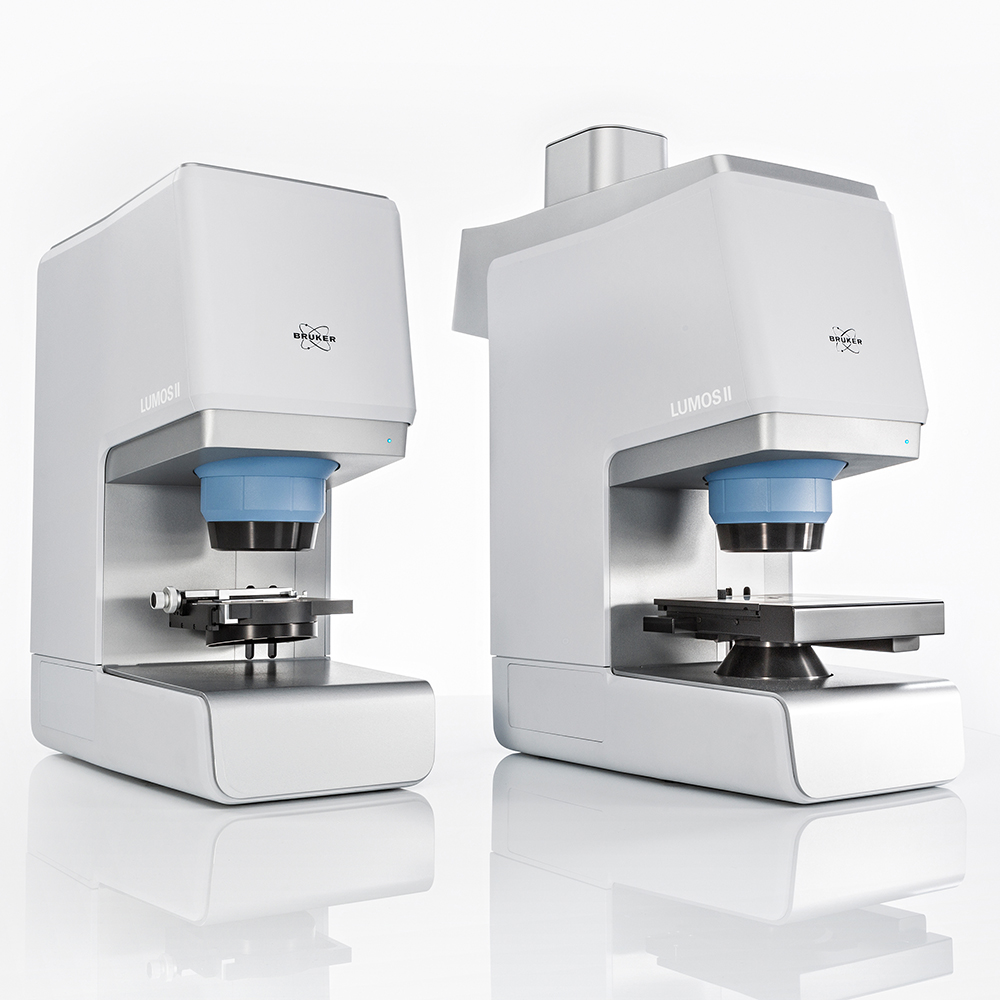Investigation of the Weathering of Carbonate Materials by FT-IR
Some of the world’s most famous monuments, like the Taj Mahal in Agra, and the Colosseum in Rome, and sculptures such as Michelangelo's David and Bernini's Apollo and Daphne, are made from carbonate building materials. While these limestone and marble materials are very robust and have withstood the weathering effects of time and man for hundreds of years, our modern industrialized environment increases the stress on these historical artifacts.
With the goal to preserve ancient buildings, statues, and monuments sustainably and for future generations, this rather problematic deterioration and loss of the carbonate minerals is usually countered with DAP (diammonium hydrogen phosphate (NH4)2HPO4) as a strengthening agent. While the chemical’s reaction with the major mineral constituent of such materials, calcite, is well understood the treatment of polymineralic materials like those encountered in limestone and marble is more complex. Therefore these building and sculpting materials require more detailed investigation to improve the outcomes of built environment and art restoration efforts.
A recent (2019) study by Italian scientists sheds some additional light on the restoration process of Carrara marble through detailed characterization using the LUMOS high-resolution µ-ATR FT-IR microscope. In this multi-analytical approach, infrared microscopy was used to investigate the microscale distribution of crystalline phases like octa calcium phosphate (OCP, Ca8(HPO4)2·5H2O) and hydroxyapatite (HAP). Both calcium species can be clearly distinguished by the characteristic vibrations in the IR fingerprint region (PO43- and HPO42- respectively).
During the study, the IR spectra revealed a "hybrid" vibrational pattern that persisted into the microscale This indicates that the OCP and other apatite group minerals are best described as sub-micrometric multiphase mixtures, instead of single micrometric individuals. The research group demonstrated that DAP treatments will form new systems in which the phases and compositions are directly dependent on the availability of free Ca2+ ions. Lastly, the researchers explored the formation of HAP from OCP by thermal treatment. During these treatments they found minor phases of DCPD, which is not only a precursor to the preferred HAP but could serve as an additional sacrificial phase that could protect the marble from further deterioration.
Learn More
Elena Possenti, Chiara Colombo, Claudia Conti, Lara Gigli, Marco Merlini, Jasper Rikkert Plaisier, Marco Realini, Diego Sali, G. Diego Gatta.
Construction and Building Materials, 195, 557-563, 2018


